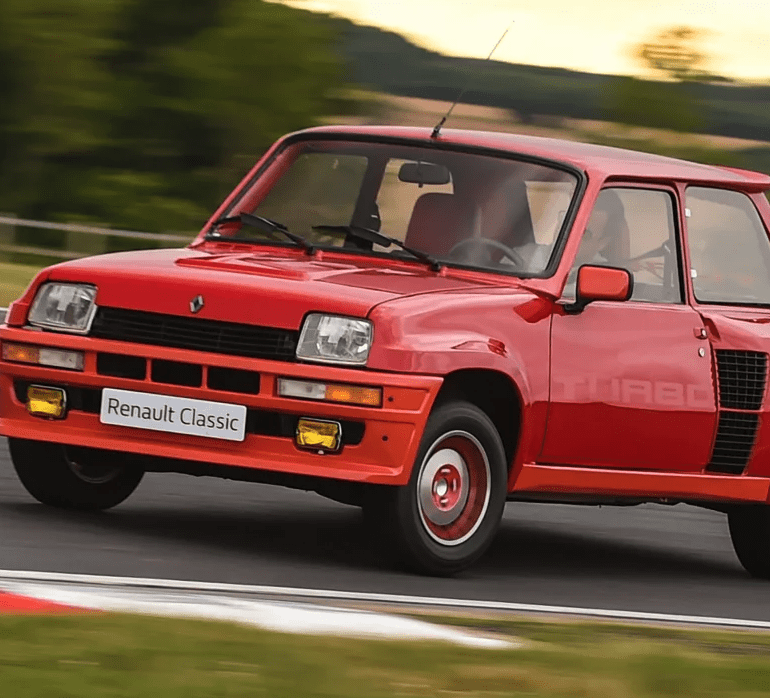Though not well-known in North America for performance cars, Renault has always been a leader in clever engineering, leveraging platforms for a wide range of uses and innovating mechanical features with cost-conscious production methodologies.
This methodology continues to make Renault one of the largest automobile manufacturers in the world. Largely unknown to US auto buyers in the 1970s, the Renault Le Car made its debut in North America in 1976 primarily as an entry level, fuel-saving offering just after the major fuel crisis of that era.




